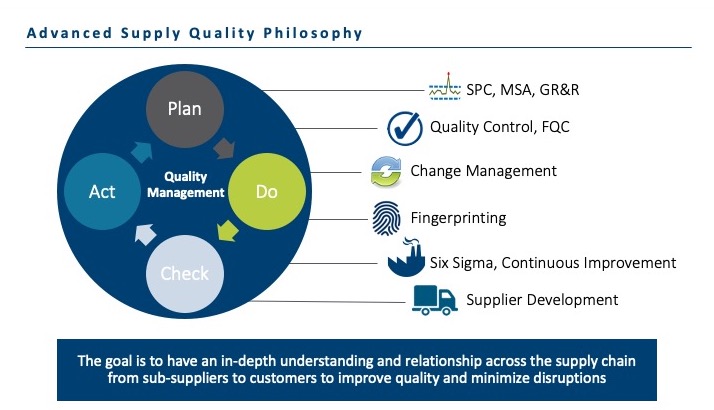When Dr. Terry Brewer concocted his now-ubiquitous antireflective coating over 30 years ago, it was a revelation.
It changed the way the semiconductor industry was able to progress, and the industry followed with countless more lithography innovations. But today, those same advances are causing many of us to scratch our heads; as we push feature sizes smaller and smaller, changes are occurring in the traditional photoresist materials at the molecular level, which the industry hasn’t considered and isn’t equipped to address.
If Moore’s Law is to remain intact, we’ll have to get a little crafty with how we look to solve these issues.
The PROLITH generation
PROLITH is to semiconductor materials development as AutoCAD is to engineering.
It’s the best commercial tool for modeling and simulating a wide variety of processes and products, and it’s by far,the industry standard. It provides a relatively inexpensive way to map and predict different process outcomes and greatly reduces the cost of experimentation.
However, when it comes to molecular dynamics, the industry is discovering that PROLITH has some significant shortcomings.
A big step forward
Where we most often see a breakdown in the lithography process is at the pattern profile. It’s at this level where we see resists shift, especially when they’re thinner than 50 nm. As we've dug into solving this problem, Brewer Science scientists have found that PROLITH's calculated results show that conventional stack design to eliminate substrate reflection does not always predict best performance. Molecular dynamics come into play with a very thin resist, and PROLITH simply isn’t capable of mapping them both accurately and consistently. That’s where a new simulation method steps in.
The “Chaotic Affinity” or “Uncharacterized Resist” theory is based on the concept that molecular interactions play a role in determining the contrast and resolution of a pattern. This theory allows for traditional modeling and predicting, like PROLITH, but also allows us to take molecular dynamics into account when the resist is spread very thin. It can differentiate and predict stack performance in a way that far outshines PROLITH and could help us greatly as we push to decrease feature sizes.
SPIE Advanced Lithography
In February, the Society of Photographic Instrumentation Engineers (SPIE) will host their annual Advanced Lithography conference in San Jose, CA. One of Brewer Science’s senior scientists in lithography and simulations, Dr. Zhimin Zhu, will present his findings during the “3D Resist Effects and Modeling” session on February 28th at 4:10pm. According to his abstract, “This presents a novel numerical approach to push patterning resolution and accuracy closer to theoretical limits.”
He’ll go into detail about the future of semiconductor modeling along with some interesting solutions to the big challenges that arise when dealing with extremely thin resists.
What’s next?
The demand for smaller feature sizes continues to present our old industry with new challenges, and implementing molecular dynamics simulations in more Brewer Science materials will provide an industry advantage, leading to higher quality materials reaching the market at a faster pace. As long as we can bring creative and innovative solutions to the table, it will continue to be an exciting field.



Subscribe to Our Blog